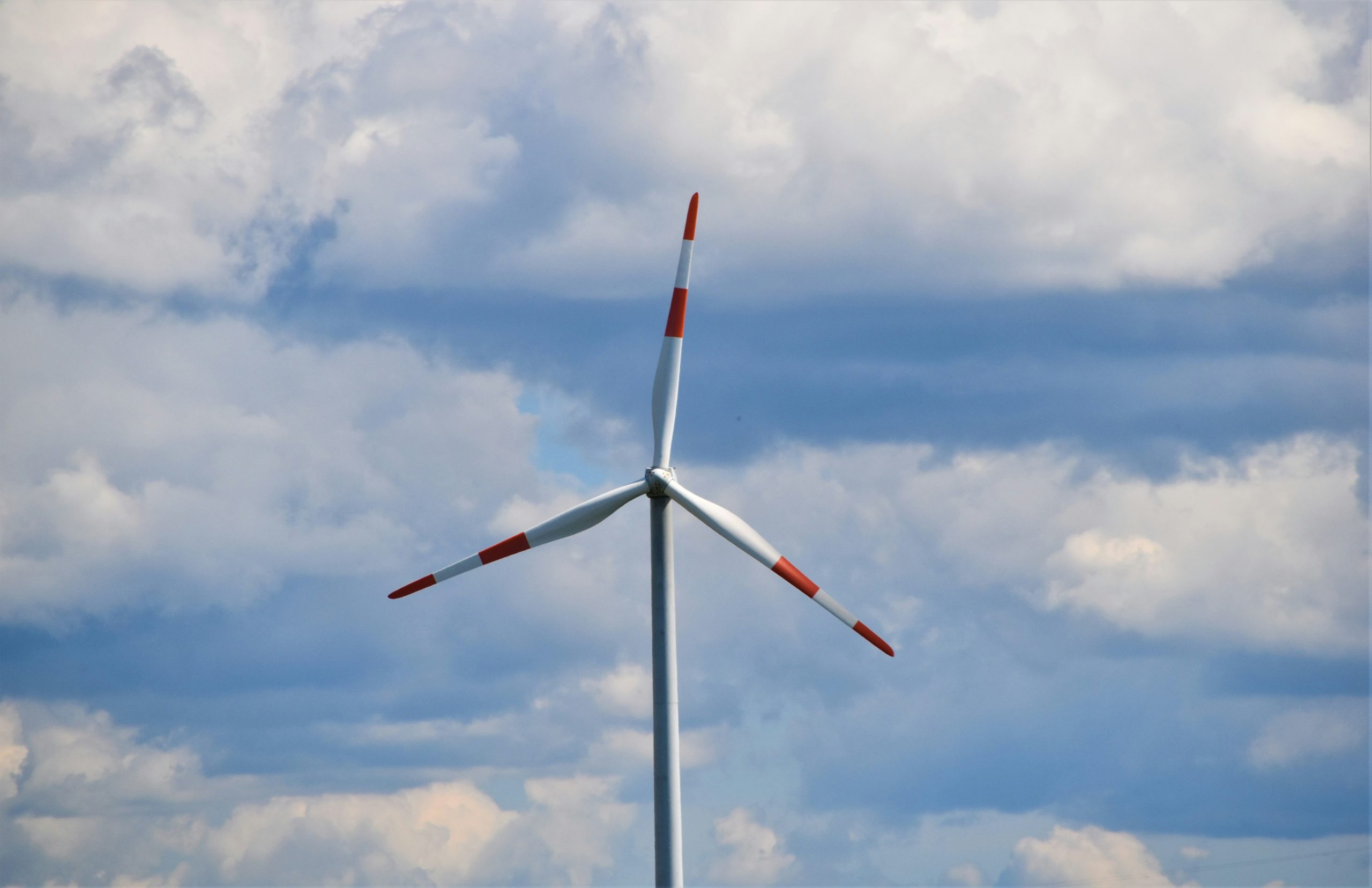Ignitis Renewables, an international green energy company, is preparing to build the country’s first offshore wind farm in the Baltic Sea and, in compliance with the imposed requirements, has prepared an environmental impact assessment (EIA) programme for this project, which is of great importance to Lithuania’s energy sector. The environmental impact assessment itself will be prepared on the basis of this programme.
The preparation of the EIA programme is another milestone on the road to the successful implementation of the project. According to Anne-Marie Roikjær, Project Director for offshore wind farm, green energy is closely related to nature and its conservation. The protection of the Baltic Sea ecosystem is one of the key objectives of the company’s sustainability strategy.
“When we develop renewable energy projects, the environment is inevitably affected, but to achieve a balance between clean electricity generation and nature protection, we will take all appropriate measures to minimise the environmental impact of the offshore wind farm, and when the impact cannot be avoided, we will implement compensatory measures to improve the state of the environment,” says A. Roikjær.
According to the Project Director, throughout the development of the offshore wind farm the best international practices will be followed, including consultations with highly qualified professionals and experts from Lithuania and other countries, who will bring their experience and knowledge to the project in Lithuania. The objective is to ensure that the environmental impact assessment and procedures for this project meet not only Lithuanian requirements, but also the strictest European and international requirements.
According to Lina Žibienė, Head of Environment and Permitting at Ignitis Renewables, there are several objectives of the environmental impact assessment. First, it is necessary to identify and assess the impact of the planned wind farm on individual environmental components, i.e. land surface and areas below, air, water, landscape, and biodiversity, with particular attention paid to protected animal, plant species and areas.
L. Žibienė stresses that it is equally important to assess the impact on public health and other social aspects. The purpose of the environmental impact assessment is to ensure a high level of environmental protection and the integration of environmental aspects into the implementation of the project. Also, to provide for measures to avoid, minimise or compensate for possible negative impacts and to ensure that the planned activities comply with the requirements of the legislation and best practices on environmental impact, human health, cultural heritage and public safety.
The EIA report was commissioned by Ignitis Renewables. The assessment will be carried out and the report will be compiled by the Coastal Research and Planning Institute. The EIA report coordination procedures and a final decision on the environmental impact of the offshore wind farm is expected to be received by the end of 2025. This decision will be taken by the Environmental Protection Agency, after considering the comments submitted by the public and taking into account the conclusions of the entities of the EIA.
The report will assess the offshore wind farm planned in the Baltic Sea, whose designated maritime area is approximately 120 square kilometres. The farm area is located at least 36 km away from the shore, approximately 60 km away from the Port of Klaipėda. The depth ranges from 28 to 48 metres and the whole area falls within the zone of average annual wind speeds of 9–10 m/s. The potential number of wind turbines to be erected will be up to 55, with a maximum height of up to 350 metres.
The final technical parameters of the farm will depend both on the conclusions of the surveys carried out during the environmental impact assessment and on the technological and other conditions existing at the time. It is important to note that the wind speed and other measurements necessary for the implementation of the project, as well as geotechnical and geophysical surveys of the seabed as well as other preparations, which will be used during the EIA process as well, are currently in progress.
It is planned that the 700-megawatt (MW) wind farm in the Baltic Sea, which will be operational around 2030, could generate around 3 terawatt-hours (TWh) of green electricity per year, which would meet a quarter of Lithuania’s current electricity demand.
Source: Ignitis
















